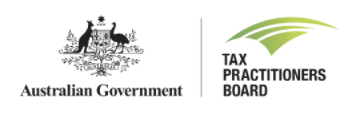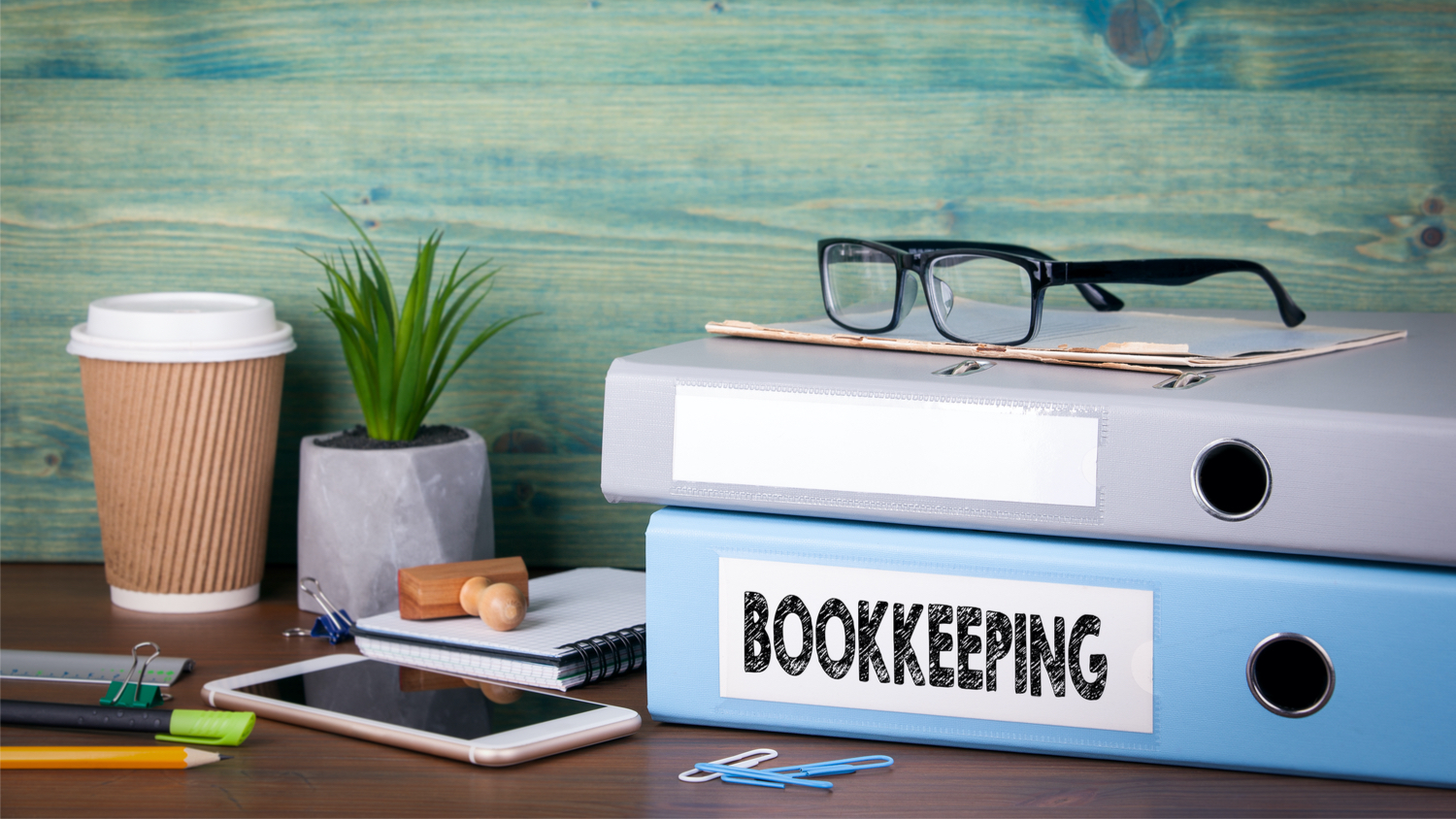The roots of the accounting industry in Australia can be traced back to the establishment of the penal colony of New South Wales in 1788 by Captain Arthur Phillip. At that time, the colony faced the challenges of limited resources, relying heavily on unskilled convict labour, basic tools, and a mix of trees, vines, seeds, and stock acquired from the Cape Colony (now South Africa).
Early trade in the colony relied on barter and various coins, including English pennies and shillings, Dutch guilders, Indian rupees, and Spanish dollars brought in by merchant ships. However, a shortage of reliable currency shifted trade towards commodities like cattle and rum, as well as personal promissory notes, as alternative forms of payment. Unfortunately, for many settlers who received payment in rum, the temptation to consume their earnings led to poverty and the forfeiture of their land.
As the colony experienced an influx of free settlers and witnessed increased agricultural development, the demand for a stable currency to facilitate trade became increasingly urgent, marking a crucial turning point in the early development of accounting practices in Australia.
John Macarthur, arriving in Sydney in 1790, emerges as a remarkable figure in Australia's early history, distinguished not only for his role in revolutionising the wool industry through the introduction of merino sheep but also for his exceptional proficiency in accounting. Beyond his agricultural achievements, Macarthur's accounting skills played a pivotal role in shaping the economic landscape of the growing colony. His proficiency in preparing financial statements provided him with unique insights into the trends and growth of commerce, granting him a strategic advantage in making informed decisions.
In an era where formal banking institutions were absent, Macarthur, along with other influential figures, assumed a central role in financial management, wielding considerable influence in guiding economic activities. His financial acumen not only facilitated the encouragement of farming and economic enterprise but also contributed to the strategic development of the colony in the absence of traditional banking structures.

In 1805, a school in Sydney was established, providing students with education in reading, writing, arithmetic, and bookkeeping, specifically following the "Italian model", which involved the use of double-entry bookkeeping.
Two prominent figures in the Accounting World of Australia are Sir Alexander Fitzgerald and Mary Addison Hamilton.
Sir Alexander Fitzgerald, regarded as "the outstanding figure of his time in Australian accounting", was a pioneer in accounting education. Born in 1890, he commenced his career as a clerk for a hardware merchant. However, driven by a passion for accounting, he pursued studies in the field and steadily advanced in his professional trajectory.
In 1925, when the University of Melbourne established a commerce degree, Fitzgerald joined as a foundation student. Concurrently, he secured a position as an assistant lecturer in accounting,
Marking the beginning of his influential contributions to both the academic and professional realms of accounting.
In 1915, Mary Addison Hamilton achieved a significant milestone by becoming the first woman appointed to a professional accounting body within the Commonwealth of Australia. The Institute of Accountants and Auditors of Western Australia, a precursor to CPA Australia, welcomed her as a member, breaking barriers during an era when women faced restrictions in joining professional associations. As an exceptional student, Hamilton excelled in the Fremantle Chamber of Commerce examinations and pursued her studies in accountancy through night school.
Despite societal challenges that limited women's entry into various professions, Hamilton, who worked as a clerk for the WA Education Department, volunteered her accountancy expertise as a treasurer or auditor for numerous not-for-profit organizations, including the Royal Lifesaving Society and Catholic Women’s League.
Joining a professional body like the Institute of Certified Bookkeepers (ICB), CPA Australia, or Chartered Accountants Australia and New Zealand (CA ANZ) can significantly enhance your career as an accountant and bookkeeper in Australia by providing recognition, ongoing education, networking opportunities, and a solid foundation for professional growth. Let's look at these professional bodies in a little more detail.
ICB - Institute of Certified Bookkeepers
Bookkeepers helping Bookkeepers helping Business

The Institute of Certified Bookkeepers (ICB) is the largest bookkeeping institute in the world. It promotes and maintains the standards of bookkeeping as a profession through the establishment of expectations, relevant qualifications and the award of grades of membership that recognise academic attainment, working experience and expertise.
The Institute’s objectives are:
- to promote bookkeeping as a profession
- to enable bookkeeping to gain recognition as an integral part of the financial profession
- to promote training in the principles of bookkeeping
- to enable the achievement of a qualification
- to improve the career prospects of its members
Consultation with the Government, employers, businesses, the profession itself and the industry have confirmed and amplified the Institute’s assessment of the need for qualified certified bookkeepers.
Businesses, both large and small, are fully supportive of the objectives of The Institute of Certified Bookkeepers.
ICB works to provide the most effective understanding of and consideration of all bookkeepers. ICB is the bookkeeper’s voice as the world around us continues to change.
Concept Statements
ICB promotes and maintains the standards of bookkeeping as a profession through the establishment of expectations, relevant qualifications and the award of grades of membership that recognise academic attainment, working experience and expertise.
ICB is involved in many aspects of the industry. For example:
- Tax Practitioners Board (TPB) is a Recognised Professional Association
- Representing BAS Agents and Bookkeepers on the ATO TPSG (Australian Tax Practitioners Stewardship Group)
- Membership of the Australian Tax Office BAS Agents Advisory Group (BASAAG)
- Appointed Board member of the Business Registry Strategic Advisory Council
- Member of Working Groups with the Australian Small Business & Family Enterprise Ombudsman (ASBFEO)
For more information, visit the ICB website.
CPA Australia
The current form of CPA Australia dates from 1952, when the Commonwealth Institute and Federal Institute merged to create the Australian Society of Accountants. In July 1990, the name changed to the Australian Society of Certified Practising Accountants. In April 2000, the name became CPA Australia.
The foundation membership of 45 was comprised of the 43 eligible acceptances plus John Pickering Dagnell and Robert McCaskie. Investigation of the minutes shows that the committee wrote to John Pickering Dagnell and Robert McCaskie after the 12 April 1886 meeting and requested each join as a fellow and founding father; both accepted and paid the fees. Ebenezer Cox, who was present at the inaugural meeting, was ineligible as he had not been in practice for long enough.
Registered Tax Agent

The Tax Practitioners Board (TPB) is a national body responsible for the registration and regulation of tax agents, BAS agents and tax (financial) advisers (collectively referred to as 'tax practitioners). The TPB is also responsible for ensuring compliance with the Tax Agent Services Act 2009 (TASA), including the Code of Professional Conduct (Code).
This is achieved by:
- administering a system to register tax practitioners, ensuring they have the necessary competence and personal attributes
- providing guidelines and information on relevant matters
- investigating conduct that may breach the TASA, including non-compliance with the Code and breaches of the civil penalty provisions
- imposing administrative sanctions for non-compliance with the Code
- applying to the Federal Court in relation to contraventions of the civil penalty provisions in the TASA.
The TPB consists of a Board and Chair appointed by the Treasurer and staff made available by the Commissioner of Taxation.
For more information, visit the TPB website.
Accounting is the language of businessWarren Buffett

The traditional manual accounting system, characterised by a single general journal and ledger, has persisted through the years and is still employed by some small businesses today.
Over time, manual systems have evolved to incorporate multiple journals (e.g., sales, purchases, cash receipts, and cash disbursements) for increased efficiency. Adjusting, closing entries, and miscellaneous transactions are typically recorded in the general journal. Additionally, these systems often integrate subsidiary ledgers for accounts receivable and accounts payable, providing detailed insights into customer and supplier transactions.
In the 1950s, bookkeeping machines were introduced to complement manual processes, but the advent of computers in the 1950s and 1960s led to the gradual obsolescence of these machines. Large companies embraced mainframe computers for various accounting functions, initially in payroll, accounts receivable, accounts payable, and inventory. As technology progressed, accounting software for personal computers (PCs) emerged in the 1970s and 1980s, revolutionising accounting practices for small and medium-sized businesses. With the widespread use of PCs, businesses could efficiently manage all accounting functions on a single platform.
While manual bookkeeping may not be as widely employed in contemporary settings, understanding the underlying principles and theory behind electronic bookkeeping systems, such as posting journal entries to the ledger accounts, closing the books, and preparing the financial statements, remains crucial for a well-rounded understanding of accounting practices.
The table below examines factors that need to be considered when establishing either an electronic or manual record-keeping system, as each comes with distinct advantages and limitations.
| Point of Difference | Manual Accounting | Accounting Software |
|---|---|---|
| Speed | Recording financial transactions and retrieving them for report generation takes more time. | Accounting software saves a lot of time as it allows quick and seamless data entry, invoice preparation, generating reports etc. |
| Accuracy | The biggest challenge while maintaining accounts manually is human error, and so the chances of getting accurate results become low. | Accounting software allows automated calculations that can provide accurate results. |
| Automation | You need to add, edit and recheck the data manually, which becomes tedious in case there are too many transactions. | As calculations are done automatically, it becomes easy to get results and come to a conclusion. |
| Integration | The transaction affecting other departments within an organisation needs to be recorded in multiple places. | Accounting software integrates other business processes like banking, marketing, taxation, etc, so a single data entry gets reflected in multiple reports. |
| Reporting | It is ambiguous and time-consuming to retrieve data from different books and complete it as a report. | With a single click of the mouse or tap, customized reports can be generated in seconds. |
| Auditing and Taxation | With the growing complexities in auditing and taxation, it has become next to impossible to complete these tasks manually in an accurate manner. | Accounting software allows automatic compliance testing of the transactions and filing returns based on accurate data. |
| Backup | It requires a lot of physical space to store the books and ledgers to maintain the backup. | The backup is stored in the computer automatically, so it becomes highly convenient. |
| Security | All the data is maintained in books and ledgers, which can be accessed by anyone, and security can be compromised. | It requires a password to access confidential information, and thus, accounting software provides high-end security. |
Studies have shown that a lot of students are embarking on this field of study for various reasons. Some of these have been due to families running their own businesses and implementing their own accounting and bookkeeping as a cost and time-effective measure.
As well with the dawn of innovation and abundance of work opportunities, people who are getting out there developing and starting up their own business or “side hustle” have found the need to manage their own finances and identify their money and income. These people are called Entrepreneurs.
Entrepreneurs have become a symbol of independence and wealth, especially with the rise of reality television and television shows based around the concept of starting your own business and putting your ideas and products out to market.
What are Entrepreneurs and Entrepreneurship? Let’s explore these concepts and how they relate to this course.
The best example of entrepreneurship is the starting of a new business venture. Entrepreneurs are often known as a source of new ideas or innovators and bring new ideas into the market by replacing old with new inventions.
4 Types of Entrepreneurship
Characteristics of Entrepreneurship
Not all entrepreneurs are successful; there are definite characteristics that make entrepreneurship successful. A few of them are mentioned below:
Importance of Entrepreneurship
Accounting – is possibly the most boring subject in the world. And also it could be the most confusing. But if you want to be rich, long term, it could be the most important subject.unknown

